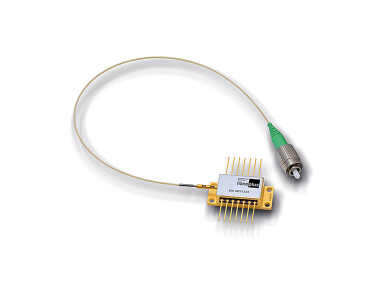Environmental Laboratory
Mercury in Ambient Air, Workroom Air and Stack Gas and Wastewater Applications
Oct 28 2020
Currently, the monitoring of mercury in ambient air is not extensive due to the limited number of monitoring sites around the globe. In one approach P S Analytical (PSA) has used gold on silica Amasil™ adsorption tubes designed for pumped mercury vapour sampling as passive samplers. This method offers a simple, maintenance free and cost-effective solution for sampling ambient air. These tubes are returned to a centralised lab for analysis by Dual-Amalgamation Atomic Fluorescence Spectroscopy (AFS). These sampling tubes may be reused and redeployed.
Workroom air monitoring requires a more continuous approach to sampling. There is often the potential of high concentrations of mercury vapour in localised areas, e.g. during Hg recovery/recycling or in manufacturing processes. Real time results are required to protect workers from potential Hg vapour exposure. PSA’s approach is for the workroom air to be pumped to a central AFS instrument. Multi-stream (room/area) monitoring is therefore easily achieved. The analyser offers early warning alarms should set limits be breached.
Stack gas monitoring is usually carried out for emission compliance. Some typical industries affected include; coal fired power, cement manufacture and smelting operations. Here a coated sample probe takes a volume of stack gas, dilutes and removes interference before carrying it to the AFS for determination.
PSA employs AFS as our central analytical technology which offers dominance and leading performance in terms of; sensitivity, working ranges and freedom from interferences. These attributes combined with our novel sampling systems, our hallmarked robustness and ease of use make PSA your first choice for mercury determinations.
Online Analysis of Mercury in Water with Part per Trillion Detection Limits
Globally, heavy metal discharge regulations are getting tighter, and so also is the requirement for greater analytical sensitivity. Development for online, stand automated systems that allow for continuous monitoring is of great importance to keep up with these regulations.
PSA is proud to offer its most recent online instrument based on UV photolysis of Hg with cold vapour gold amalgamation atomic fluorescence spectroscopy (CV-AFS). The instrument has been developed to meet the forthcoming effluent discharge limits for the USA which requires a discharge limit of 12ng/L (ppt). The system is designed to minimize reagent consumption by use of syringe automation and batch analysis. The Online process removes errors and omissions associated with manual operations.
The incredible sensitivity is achieved using an on board Amasil™ gold trap for effective analyte pre-concentration and simultaneous removal of interferences.
Similar instruments from PSA exist for the ultra-low determination of arsenic and selenium (waste products from coal combustion), that operate in a similar fashion. These metals are analysed using hydride generation-atomic fluorescence spectroscopy (HG–AFS), again with impressive savings on reagent volumes and costs.
Digital Edition
AET 28.4 Oct/Nov 2024
November 2024
Gas Detection - Go from lagging to leading: why investment in gas detection makes sense Air Monitoring - Swirl and vortex meters will aid green hydrogen production - Beyond the Stack: Emi...
View all digital editions
Events
Nov 26 2024 Paris, France
Nov 27 2024 Istanbul, Turkey
H2O Accadueo International Water Exhibition
Nov 27 2024 Bari, Italy
Biogas Convention & Trade Fair 2024
Nov 27 2024 Hanover, Germany
Dec 02 2024 London, UK














.jpg)






